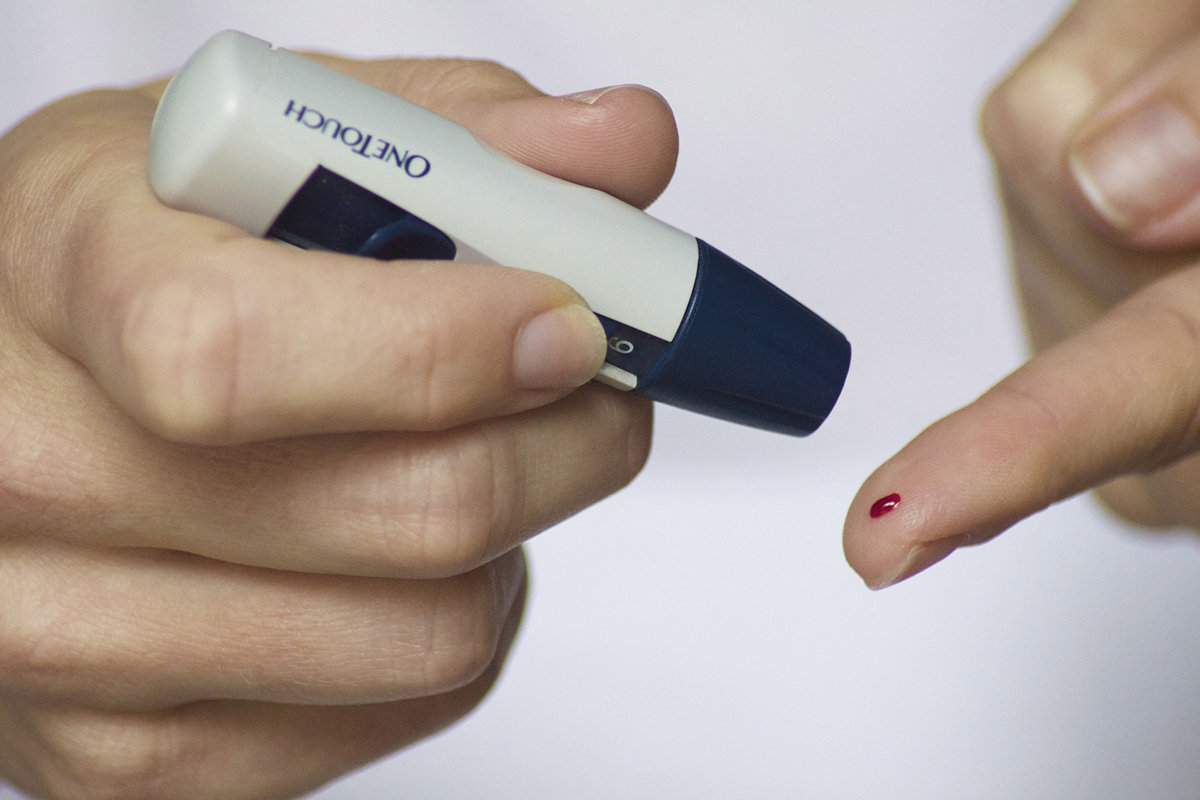
Most of us have undergone blood testingat some point of our lives, where we had samples of our blood drawnby doctors and medical staff and tested for various problems in thelaboratory. Once the process was done, we received the results whichwere interpreted by the health expert and, if something was wrong, wewere adequately treated since the health staff diagnosed the exactcause of our problems through this form of testing.
Monitoring one's blood levels andperforming blood tests in general are very important procedures forthe process of diagnosing and treating illnesses. Our blood containsvarious elements which need to be there in certain levels. Thus, ifthe blood test results are not normal, we probably suffer from somehealth problems.
Importance of Blood Tests
Our blood is made of many differentcompounds, including salts and some proteins. The element which makesour blood a liquid is the plasma. When we get cut, for example, theproteins in the plasma become solid in order to close the wound,while the remainder of the blood remains in its fluid form calledserum. This serum is used in testing where the health experts need tofind out whether we are healthy or not, depending on our immunesystem's capability to fight different diseases.
The blood samples necessary for thisform of testing are taken either from a vein, which delivers theblood to the heart, or from an artery, which delivers blood away fromthe heart. The amount of blood necessary for the blood test variesfrom several drops to more. However, the most common source of bloodsamples for this form of testing are veins from around the elbowarea.
During the blood drawing process, aspecial type of cord is tied around the upper arm, making the veinmore visible and more easily accessible. When this is done, thehealth expert cleans and disinfects the entry spot for the needlewith alcohol and places the needle inside the vein by penetrating theskin. The needle is attached to a low pressure bottle or a syringeand the blood is drawn from the vein. Once enough blood has beenconnected, the needle is removed and a small cotton ball is pressedonto the entry spot until the bleeding stops.
If the blood is drawn from an arteryfor the purpose of blood testing, it is commonly taken from aroundthe wrist area, where the arteries are known to be very close to theskin. Taking into consideration that arteries contain more painnerves than veins, the process of blood drawing of this type can leadto high levels of discomfort. When this form of blood drawing isdone, the cotton ball is pressed onto the entry spot for about 5minutes.
Either way, the patients are asked tosit or lie down for a while after the blood drawing procedure sinceit can lead to fainting and dizziness in some individuals.
Guidelines for Blood Tests
The blood samples undergo several typesof tests. The doctors may observe the levels of red blood cells andwhite blood cells and the platelets. Also, they perform a bloodsmear, placing a sample of the blood on a slide and observing itunder the microscope.
So, basically, when the red blood celllevels are observed, this provides information on the levels ofhemoglobin in the blood. Hemoglobin delivers oxygen throughout thebody and it is very important to contain adequate levels of it in thebody in order to stay healthy.
Also, the size of the red blood cellsis very important, determining the type of anemia a person has, ifhis/her hemoglobin levels are too low.
The red blood cell volume is alsomeasured during the test, again being useful for diagnosing anemia.As far as the blood smear test is concerned, doctors add stains to itin order to test it for parasites.
On the other hand, white blood cellsare tested too. Here, the health experts observe the number ofdifferent types of these cells that one has in the blood. This formof testing is called the differential WBC count. If the numbers ofwhite blood cells is abnormally higher, this signifies the possiblepresence of infections, bleeding or burns in the body. Sometimes,this even contributes to the diagnosis of leukemia, malaria orcancer. Low white blood cell levels signify some other problems likethe presence of autoimmune diseases or viral infections andside-effects of some drugs.
Therefore, monitoring the white bloodcell levels can contribute to the diagnosis process significantly.
Finally, low platelets signify one'sproneness to bleeding, usually being connected to autoimmunediseases. On the other hand, if the levels of platelets are too high,this can possibly lead to the formation of blood clots or be a signof bone marrow problems related to cancer or leukemia.
All in all, blood testing is a veryimportant form of diagnosis for many types of health problems peoplemay face. It analyzes all the crucial aspects of our blood, showingproblems related to the abnormal levels of certain blood elements.

















Your thoughts on this
Loading...